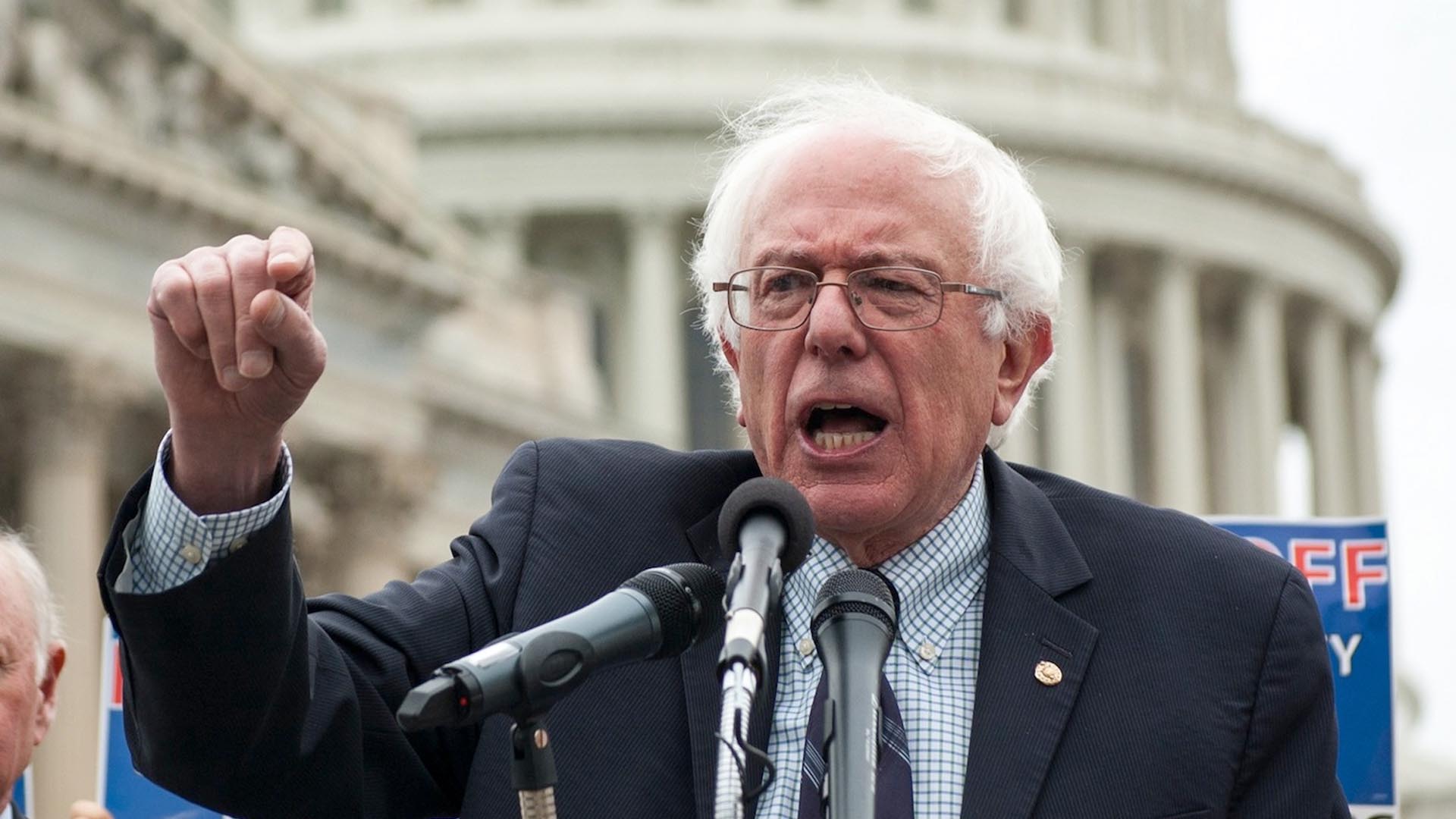[Guest author: Tanush Jagdish, Kalamazoo College ’18]
 An issue at the forefront of Bernie Sander’s rise to prominence was wealth inequality. As valuable and illuminating as his promotions were, Bernie, perhaps unwillingly, normalized a crude way of talking about income and wealth inequality. An accurate yet misleading way which ignores the section of society most affected by the oligarchy-style wealth distribution — the middle class.
An issue at the forefront of Bernie Sander’s rise to prominence was wealth inequality. As valuable and illuminating as his promotions were, Bernie, perhaps unwillingly, normalized a crude way of talking about income and wealth inequality. An accurate yet misleading way which ignores the section of society most affected by the oligarchy-style wealth distribution — the middle class.
“The top 0.1% of the population has as much wealth as the bottom 90%,” Bernie would often say to large crowds that then replied with thunderous applause. This is not wrong. Indeed, the figures are mathematically sound and have been used numerous times before. But as Felix Salmon points out in a 2014 Reuters article, fraction-based calculations of wealth distributions always count people in debt. Naturally, those in debt have a negative valuation, which skews any simple comparisons. For instance, as Felix points out, “…if you take the bottom 30% of the world’s population — the poorest 2 billion people in the world — their total aggregate net worth is not low, it’s not zero, it’s negative. To the tune of roughly half a trillion dollars. My niece, who just got her first 50 cents in pocket money, has more money than the poorest 2 billion people in the world combined.”
This doesn’t take away from the fact that blatant wealth inequality exists. It does. But as Jordan Ellenberg, a mathematician at The University of Wisconsin points out, talking about wealth inequality using misleading statistics can confound larger issues not apparent at first. He offers the example of an NYT op-ed that exposed the unequal post-recession recovery in the American population. Steven Rattner, the author of the op-ed, reported that 93% of the income increase between 2010 and 2011 was captured by the top 1% of the wealthy. Naturally, one would assume that the remaining 7% of the gains were thinly spread amongst the bottom 99%. But when Ellenberg examined the income increase amongst the wealthy people just below the top 1%, he found something startling. The richest 91% to 99% shared 17% of the income increase, which, although small, is quite substantial. However, 17% added to 93% exceed 100%!
The truth, as we find out, is not that the richest of the rich were the only ones to benefit from the economic revival. Rather, the upper middle class, which includes doctors, lawyers, and engineers, also saw increases in they annual income. It was the middle and lower middle class that continued to lose money and were still a long way off from making the turn. Ellenberg puts it best himself, “It’s not that the 1 percent are benefiting while the rest of America languishes. The people in the top 10 percent but not the top 1 percent—a group that includes, not to put too fine a point on it, many readers of the New York Times opinion page—are doing fine, too…It’s the other 90 percent of the country whose tunnel still looks dark at the end.” Wealth inequality is real, and while it may seem enticing to use flashy statistics that make a dramatic point, perhaps we might remind ourselves that there are sections of society that suffer the consequences of unequal wealth distribution on a regular basis that go misrepresented when we choose not to talk about inequality more descriptively.
